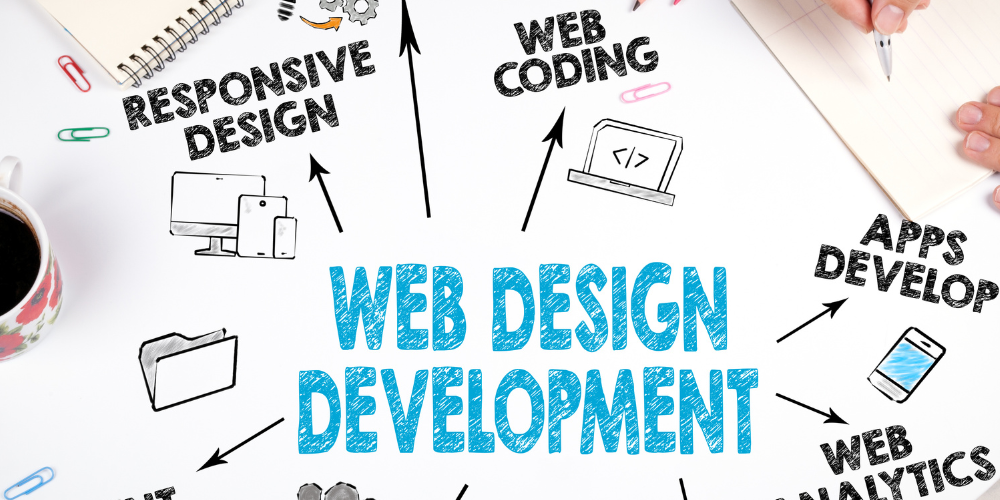In the dynamic world of digital presence, two crucial elements determine your online success: web development and web design. While these terms are often used interchangeably, they play distinct roles in shaping your website’s functionality and aesthetics. In this blog post, we’ll delve into the differences between web development and web design, highlighting their unique contributions to creating a robust online presence. Buckle up as we navigate through the digital blueprint of your website.
The Backbone: Web Development
Think of web development as the construction phase of your digital property. It’s the backbone of your website, responsible for building its functionality and ensuring everything works seamlessly. Here’s what you need to know:
1. Coding Wizardry: Web developers are like digital architects. They use programming languages like HTML, CSS, and JavaScript to bring your website to life. Their coding magic ensures that buttons click, forms submit, and pages load quickly.
2. Dynamic Functionality: Do you need a contact form, an e-commerce shopping cart, or a content management system (CMS)? Web developers are the ones who integrate these features into your site, making it interactive and user-friendly.
3. Cross-Browser Compatibility: Web developers ensure that your website looks and functions consistently across various browsers and devices. This compatibility is essential for reaching a wider audience.
The Face: Web Design
Now, let’s switch gears to web design. This is the creative part of your website, where aesthetics and user experience take center stage:
1. Visual Storytelling: Web designers are the artists who paint the digital canvas. They create the visual elements that users see, such as layouts, colors, typography, and images. A well-designed website conveys your brand’s story and identity effectively.
2. User-Centric Focus: Web designers prioritize the user experience. They design intuitive navigation, ensuring that visitors can find what they’re looking for effortlessly. User-friendly interfaces keep people engaged and encourage them to explore your site.
3. Mobile Responsiveness: With the rise of mobile browsing, web designers make sure your site looks fantastic and functions flawlessly on smartphones and tablets. Mobile responsiveness is not just a trend; it’s a necessity.
The Symbiotic Relationship
Web development and web design are not opposing forces; they work in harmony to create a compelling online presence. Think of it this way: web developers build the functional framework, and web designers decorate it with engaging visuals. A seamless collaboration between the two results in a website that not only looks great but also performs flawlessly.
SEO-Friendly Tip:
When seeking web design and development services, remember to prioritize a mobile-responsive design and fast loading times. Google considers these factors when ranking websites in search results.
In conclusion, web development and web design are like the dynamic duo of your digital success story. They may have distinct roles, but together, they create a holistic online experience that captures your audience’s attention and keeps them coming back for more. When planning your online venture, it’s essential to understand the unique contributions of each and invest wisely in both aspects to stand out in the competitive digital landscape.

